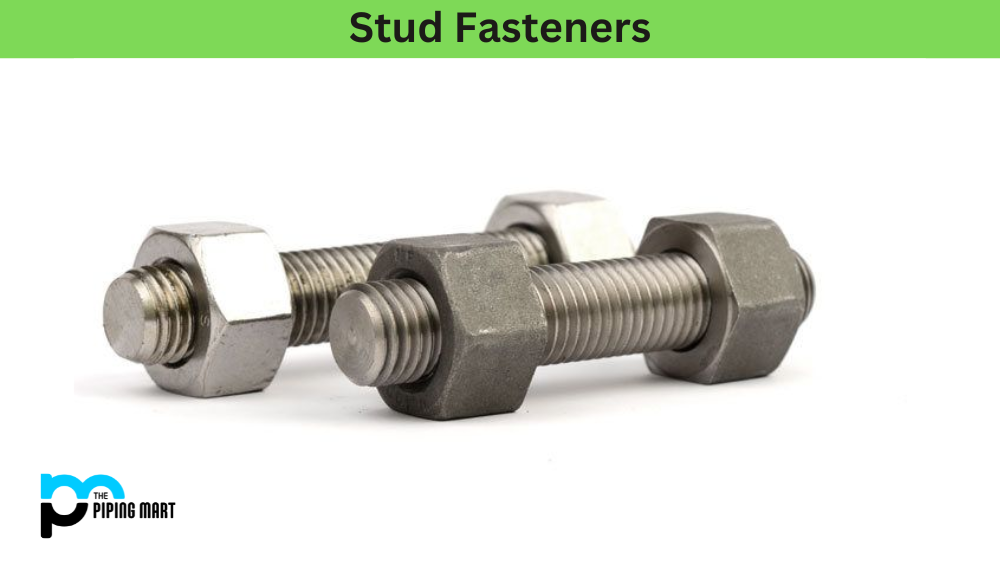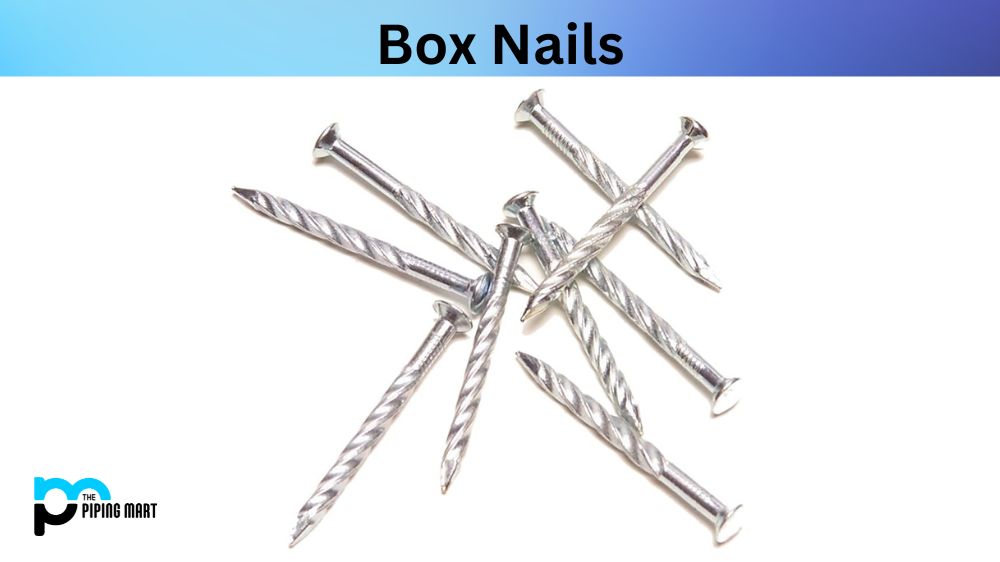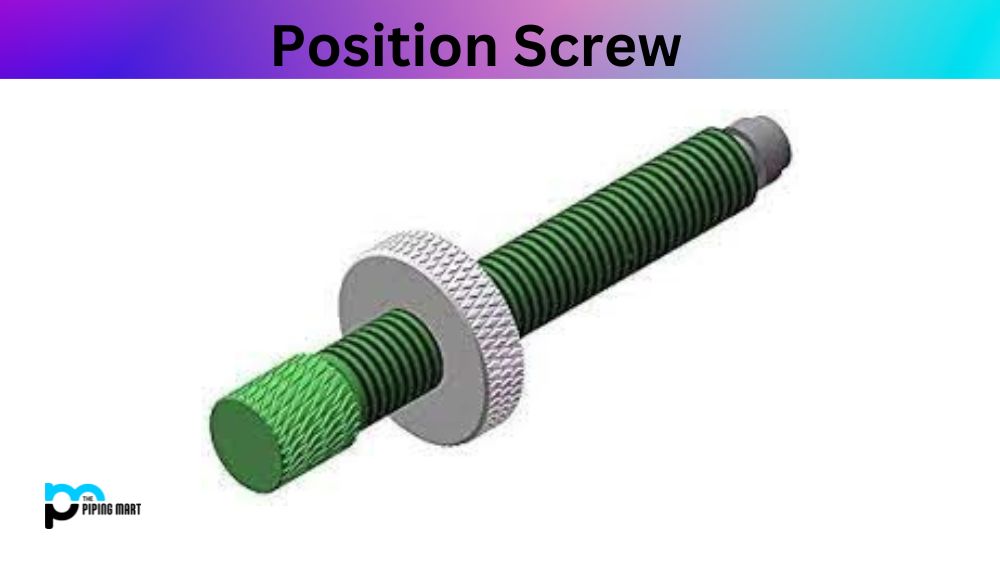As someone passionate about DIY projects, whether it involves woodworking, metal fabrication, or automotive repair, you surely know that fasteners play a crucial role in ensuring the structural integrity and aesthetics of the final product. Among the many pins available in the market, the stud is one of the most popular types. Studs are threaded rods that can be screwed into a tapped hole or used with a nut to secure two or more materials. However, not all studs are created equal. In this blog post, we’ll dive deeper into the different types of stud fasteners and what they’re best used for.
Types of Stud Fasteners
Fully-Threaded Studs
As the name implies, fully-threaded studs have threads from one end to the other, allowing them to be fully screwed into and out of a tapped hole. They are versatile and can be used in various applications where a nut is unnecessary, such as electronics, appliances, and machinery. Fully-threaded studs come in different materials, including steel, aluminium, brass, and stainless steel. They also have different thread pitches and diameters to accommodate the project’s specific requirements.
Double-Ended Studs
Double-ended studs, or tap-end or screw-end studs, have threads on both ends, with a plain shank in the middle. They are used as anchor bolts and can be screwed into a tapped hole on one end, while the other end is used with a nut to fasten a material. They are commonly used in plumbing, construction, and automotive industries. Double-ended studs are made from various materials and have different lengths, diameters, and thread pitches.
Weld Studs
Weld studs, also called shear connectors, are fasteners welded to a base material to provide a secure connection. They are commonly used in construction, bridges, and highways, as well as in heavy-duty manufacturing and assembly operations. Weld studs come in various shapes, including studs, pins, and set screws, and can be made from materials such as steel, aluminium, brass, and copper. They can also be coated or treated to resist corrosion or improve conductivity.
Tapped-End Studs
Tapped-end studs are threaded on one end, have a plain shank on the other, inserted into a hole, and secured with a set screw. They are used when the back of the material is inaccessible, making it impossible to use a nut. They are commonly used in machinery, engines, and pump connection points. Tapped-end studs are available in different diameters, thread pitches, and lengths and can be made from various materials.
Tie Rods
Tie rods are long, robust studs in tension applications such as structural beams, trusses, and suspension systems. They are used to connect crossbars or support members and are designed to withstand high loads and forces. Tie rods come in various sizes, shapes, and materials, including stainless steel, aluminium, and carbon steel. They can also be used with other fasteners, such as nuts and washers, to provide extra support.
Conclusion
Knowing the different types of stud fasteners and their specific uses can save you time and money in your DIY or construction projects. Each class has unique advantages and limitations, which you must consider when selecting the right one for your project. Whether you’re looking for strength, durability, corrosion resistance, or ease of use, understanding stud fasteners is essential to achieving the desired result. So pick the right stud next time you reach out for a pin.

A passionate metal industry expert and blogger. With over 5 years of experience in the field, Palak brings a wealth of knowledge and insight to her writing. Whether discussing the latest trends in the metal industry or sharing tips, she is dedicated to helping others succeed in the metal industry.




